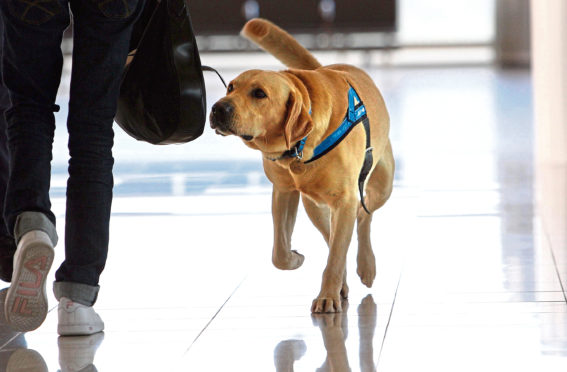The devastating impact of African swine fever (ASF) on pork production in China continues to send shock waves around the world, alerting pig farmers everywhere to the enormous threat posed by the disease once it arrives in a new country.
Ironically, while the latest analysis from Rabobank in The Netherlands forecasts that herd and production losses across the whole of Asia will continue to worsen as we move into 2020, trading prospects for ASF-free pig producing countries have rarely looked brighter.
That includes Scotland so long as the UK’s disease protection measures remain successful.
“African swine fever is a massive worry for everyone in the pig industry, especially in the UK where we don’t have the stringent border checks that the likes of Australia, New Zealand, Canada and the US operate,” said NFU Scotland’s (NFUS) pigs committee chairman, Jamie Wyllie.
“I visited Canada earlier this year and in the airport arrivals area there were posters everywhere focusing on ASF and the risk it poses.
“In addition, going through immigration, I was asked a series of questions relating to whether or not I’d been on a pig farm before leaving Scotland or was planning any pig farm visits during my trip.”
He added: “Being there for a pig industry tour, I obviously answered yes to most of the questions and was promptly directed to another line for more detailed checking.”
He said NFUS had written to the UK Government asking for it to adopt a similar controls process.
“I’m not talking about having sniffer dogs being used to search for pork products at a few selected airports but much more a case of having posters up at all points of entry into the country to alert people to the risk that exists with ASF,” added Mr Wyllie.
He welcomed Biosecurity Minister Lord Gardiner’s visit to Heathrow earlier this month, with UK Chief Vet Christine Middlemiss, to see sniffer dogs in action in the fight against ASF, but said it was just the start of giving the UK industry the protection it needs.
“Hopefully the Border Force will start to roll out more of these highly trained sniffer dogs across the whole of the UK with an extreme urgency and not just keep them to Heathrow,” said Mr Wyllie.
“We also need much more to be done to raise traveller awareness to ASF at our borders through posters and the asking of the right questions during immigration checks. When we asked the Border control authorities about such action earlier in the year, their response was that there was no advertising space left at entry points because all their message boards were taken up with Brexit-related information.
“We have subsequently been promised that they will put up information for passengers at airports, however, and we’ll keep pressing for that to happen.”
